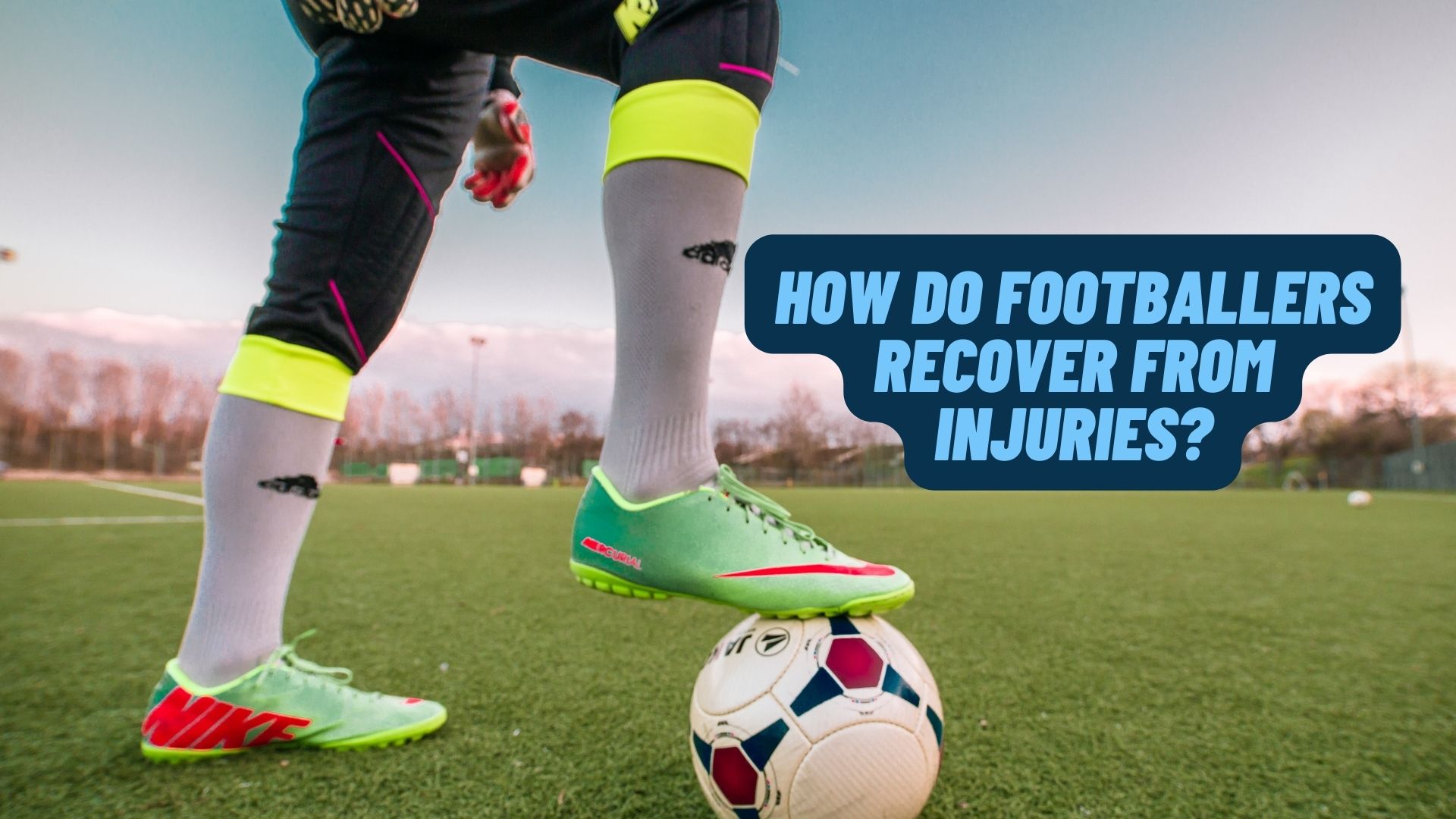Injuries can cause a huge concern for clubs when they hit their key players. With more and more matches every season for the biggest teams in the world, their squad management skills are vital.
Cristian Eriksen’s injury has left a hole in the midfield at Manchester United. Erik ten Hag has brought some stability to the giant of the Premier League. The Red Devils have let Cristiano Ronaldo leave while building a team with a stronger core, with hopes of competing once again for the title.
With more competition than ever, with Arsenal and Newcastle challenging too this season the football betting is closer than ever. With the season have crossed over the halfway mark there is still time for things to change in the Premier League.
Dealing with injuries as well as trying to prevent them is one of the most important things a club must always be striving to improve.
To ensure players come back at the same level, a lot of work goes into the sports science and medicine side of the players careers. Sports scientists, doctors, physio’s and many more roles are filled, especially at the biggest clubs, to work towards making players fitter and stronger each year.
There are a number of different injuries that are very common in soccer and have a varied length of recovery.
Ligament Injuries
They don’t always cause a severe amount of pain at first, but you will typically hear a loud pop and swelling will develop in the first 24-hours. From that, the player loses their range of motion as well as having tenderness along the joint line.
There are four ligaments in the knee:
- Anterior Cruciate Ligament at the front of the knee
- Posterior Cruciate Ligament at the back of the knee
- Medial Collateral Ligament on the inside of the knee
- Lateral Collateral Ligament on the outside of the knee
For soccer players this type of injury is so common due to the high impact on the joints from sprinting and changing directions as well as kicking.
When recovering from these injuries, rest and recuperation is vital. Ice is applied to reduce the swelling and it needs to be elevated and compressed with elastic bandage or a brace. There is no rushing back from this type of injury and great care needs to be taken in easing back into training to ensure no setbacks occur.
Meniscus Injuries
The meniscus is a C-shaped piece of cartilage that cushions the space between the femur and the tibia – the thigh bone and the shin bone. When a player tears the meniscus, it is very painful and often due to twisting, pivoting, decelerating, or sudden impact.
It can take anywhere from six weeks to three months to recover from a meniscus tear and surgery is required and recovery will include using crutches to take the weight off the knee as it heals while a brace will be required to protect it.
Ankle Sprains
These injuries often occur when a player is stretching and tearing of ligaments surrounding the ankle joint. Impact collisions and twisting are the main causes of these injuries, books caught in the turf or in a tackle with an opponent.
Taking the weight off the ankle and resting is key, some severe injuries may incur surgery. With the need to turn, kick, sprint and tackle, the ankle is a very important to protect and training will often involve protecting and building strength in the ankle.
Concussion
Across sports, concussion is an incredibly serious injury which is more and more in the news today. The fact that these injuries have not been better controlled and treated in the past has caused long-term effects for older players, including Dementia, across soccer as well as all other sports.
Today, concussion protocols have come into play to ensure these injuries are dealt with correctly due to the fact that at times the player may not realize they suffered a concussion until sometime after.
Concussion substitutes have been introduced in order to actively protect players. If a player suffers and injury, then they will have to be fully checked and approved a return to training.
These and many other injuries can be a minor hindrance or even career ending. For this reason, the work which goes into the health and protection of the players is at the highest priority.
Huge sums of money are spent on players and their contracts at the top level of the sport around the world. The clubs and the owners will then protect their players in order to compete and challenge at the top of the table. Titles and trophies are what owners buy a club for, so the protection of their players is vital.

